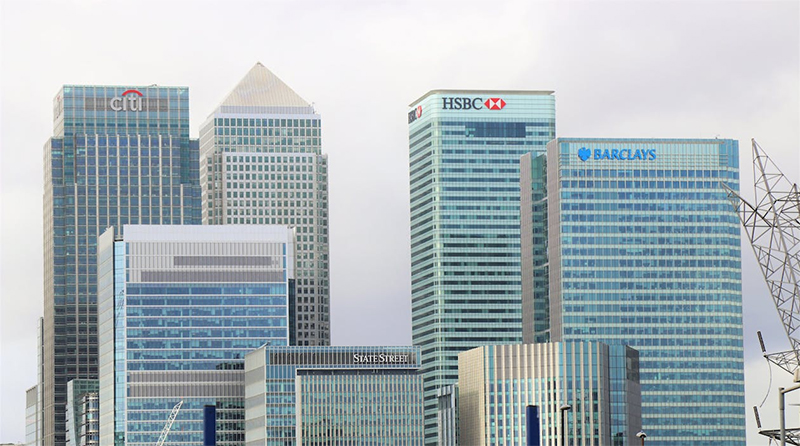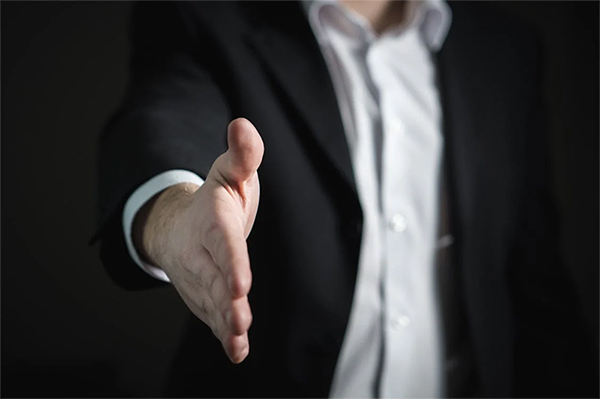The Pros and Cons of Leasing vs. Buying Equipment for Your Business
Businesses that have to decide whether to buy or lease equipment have to consider the advantages of either. Every choice has different operational and financial consequences that could affect the direction of the expansion of a firm. By closely examining their particular demands, cash flow, and long-term objectives, companies may make strategic decisions that not only maximize their resources but also improve their competitive advantage in the market.
Comparison of Leasing Against Purchasing Equipment: Overview
Purchasing and leasing equipment have different benefits and drawbacks that may greatly affect the operational freedom and financial situation of a company. Companies typically gain from reduced upfront expenses and the flexibility to update to more regularly modern versions while leasing. Purchasing equipment, on the other hand, may result in long-term savings and complete ownership, therefore enabling more control of assets. Making wise judgments in line with the objectives of a company and financial situation depends on an awareness of these possibilities.
Advantages of Leasing Equipment
Leasing equipment offers various advantages that can improve the running effectiveness of a company. The lower starting financial load is one main benefit as it enables businesses to deploy funds to other important areas. Leasing often also includes maintenance and support services, which may help to reduce repair costs and downtime. Since they can simply change to newer models when their lease period expires, this arrangement also helps companies keep current with the newest technologies, therefore guaranteeing their competitiveness in their sector.
Advantages of Buying Equipment
Owning equipment outright has major long-term advantages that could improve the financial stability of a business. Full ownership lets you stop paying continuous leases, therefore enabling consistent budgeting and possible over-time cost reductions. Furthermore, companies may alter and change their machinery to fit particular requirements without regard to usually enforced lease limits. As assets value, they may also be loan collateral, thereby increasing the financial leverage. Moreover, after the equipment is paid off, it might help to be profitable without running further expenses.
Considerations for Making the Right Decision
Examining the optimal choice between leasing and purchasing calls for comprehensive analysis of several elements unique to the company. Financial situation is rather important; businesses with little cash flow might find leasing more reasonable, while those with ample funds could choose to buy. Furthermore, the planned use and lifetime of the equipment should affect the choice; often newer technologies would be more suitable for leasing, but equipment with a long-term usefulness may make a purchase justified. Evaluating tax consequences, maintenance obligations, and future expansion plans will also provide insightful information to direct the decision according with the strategic goals of the company.
In the end, a company’s particular situation and strategic objectives determine whether leasing or purchasing equipment is best. Organizations that properly balance operational demands, financial consequences, and long-term goals will not only meet their present needs but also set themselves for future expansion and success. This careful approach guarantees that the chosen solution fits both main corporate goals and urgent cash flow issues.
Photo Attribution:
1st & featured image by https://www.pexels.com/photo/buildings-with-glass-windows-351264/
2nd image by https://www.pexels.com/photo/close-up-of-human-hand-327540/


